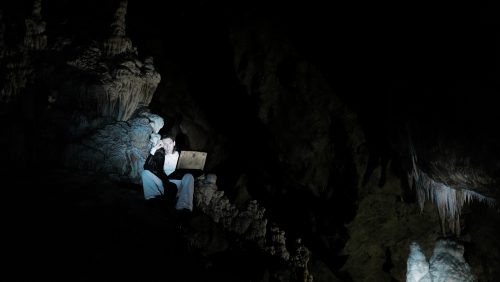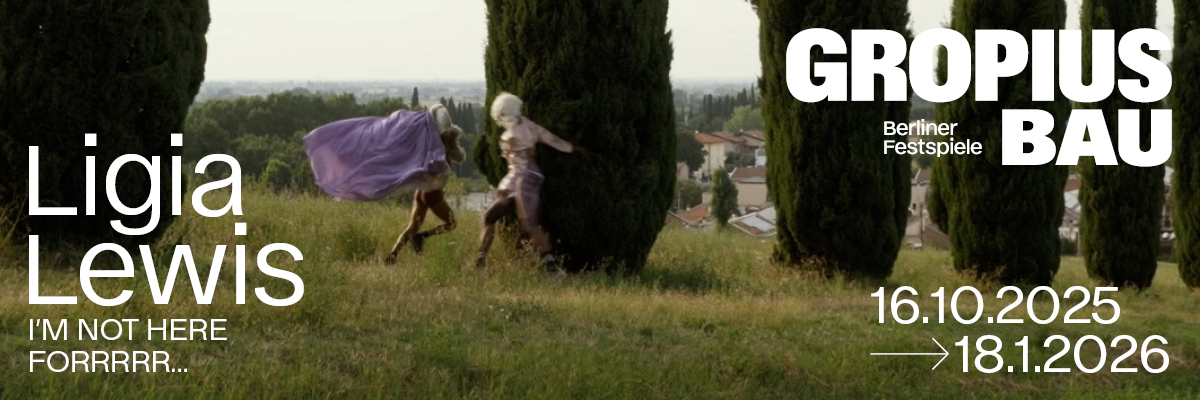
Özgür Kar, Cécile Lempert, Michel Majerus, Louis Mason, Joanna Piotrowska, Ser Serpas, Grace Weaver, Angharad Williams
24h
Project Info
- 💙 BRAUNSFELDER, Cologne
- 💚 in collaboration with Super Super Markt
- 🖤 Özgür Kar, Cécile Lempert, Michel Majerus, Louis Mason, Joanna Piotrowska, Ser Serpas, Grace Weaver, Angharad Williams
- 💜 Julius Jacobi & Rory Kirk-Duncan, Super Super Markt, Berlin
- 💛 Mareike Tocha, Cologne
Share on

Advertisement
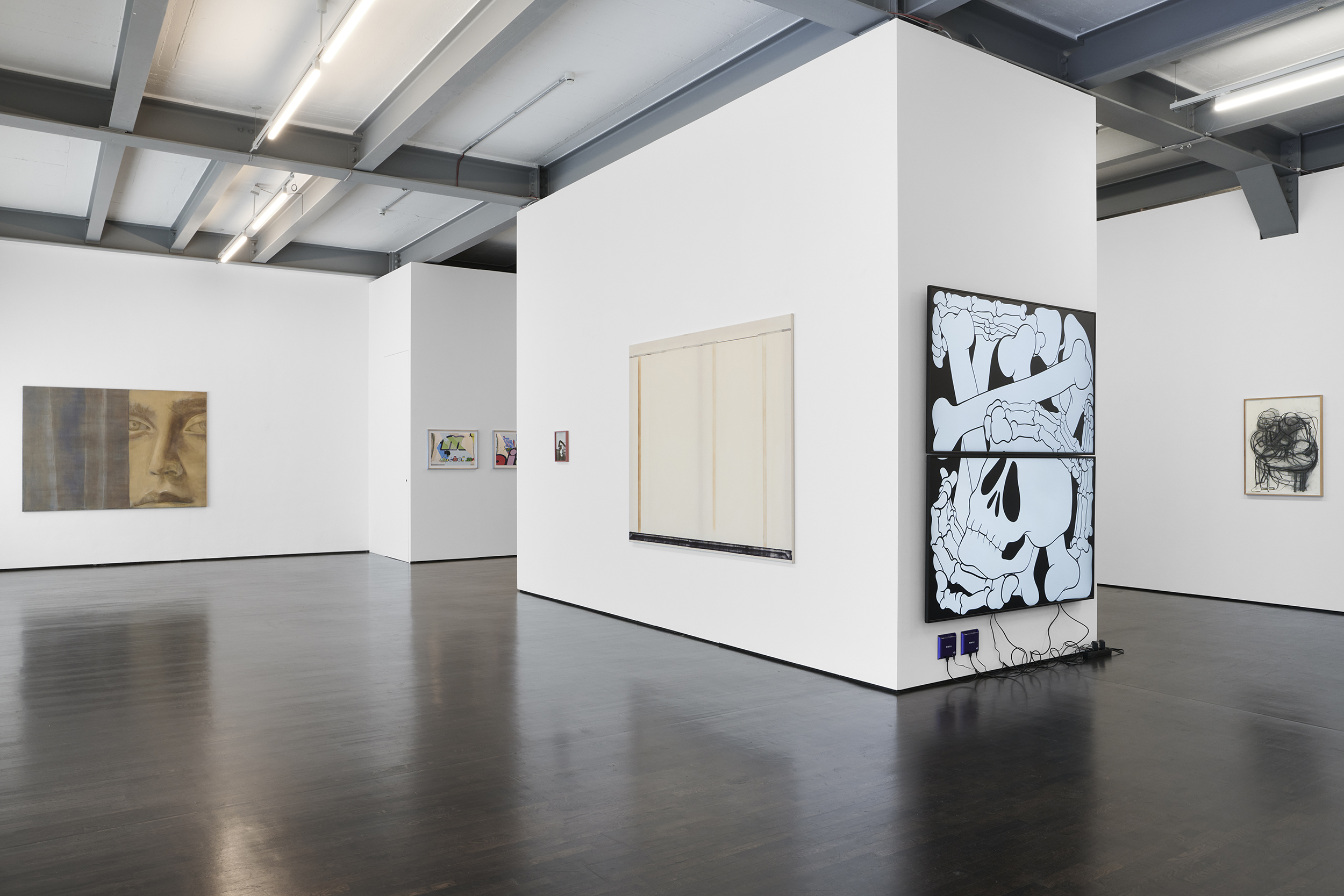
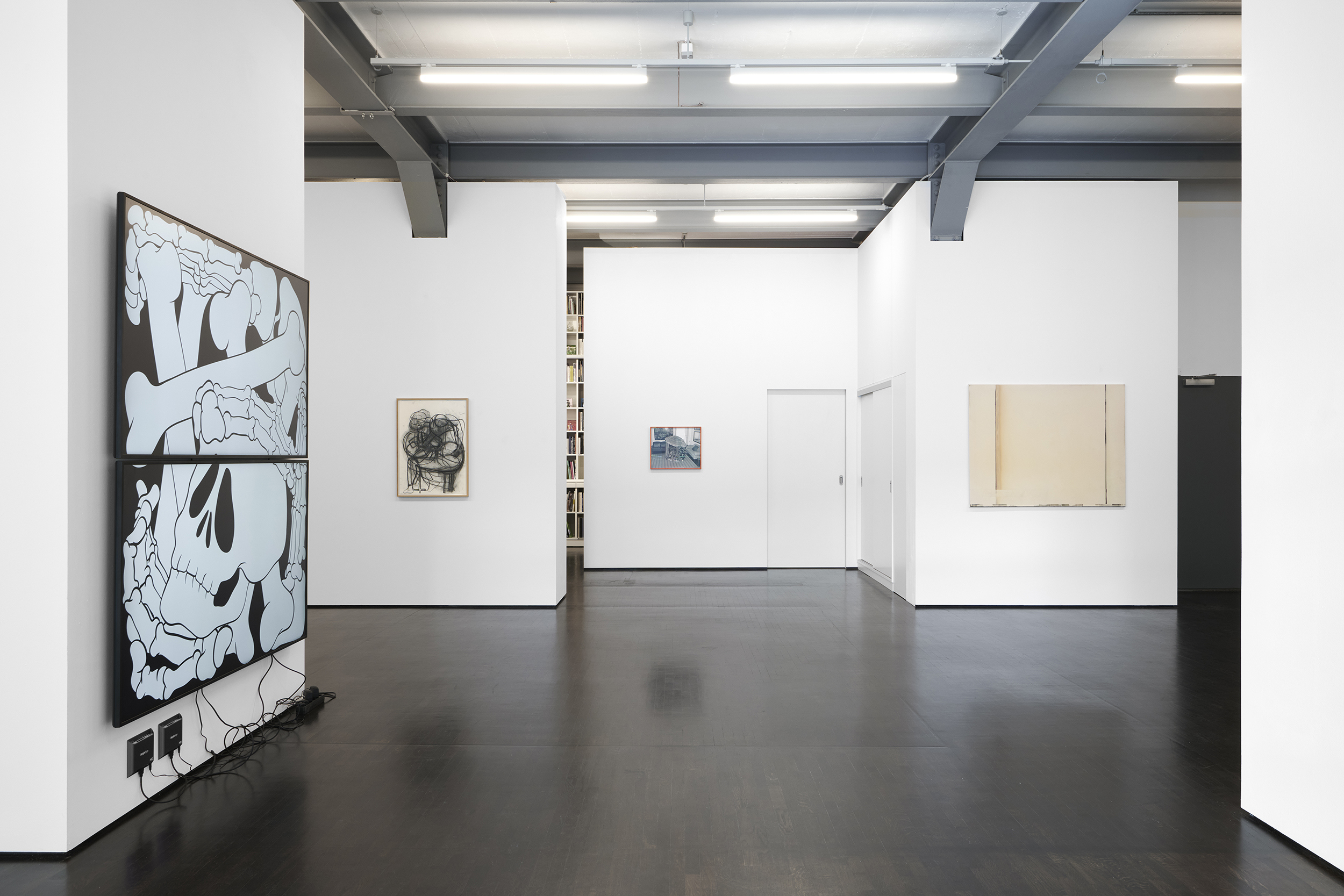
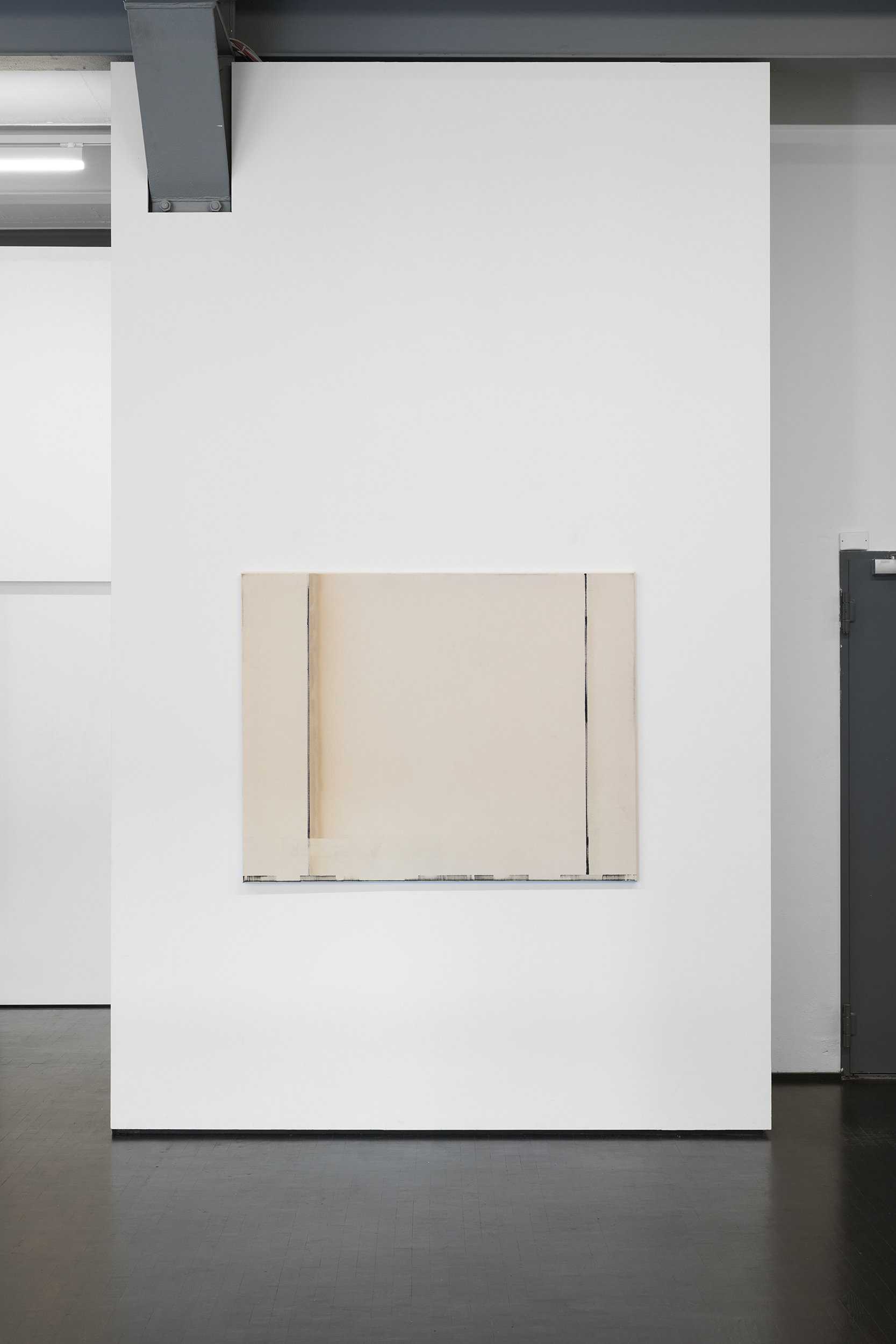

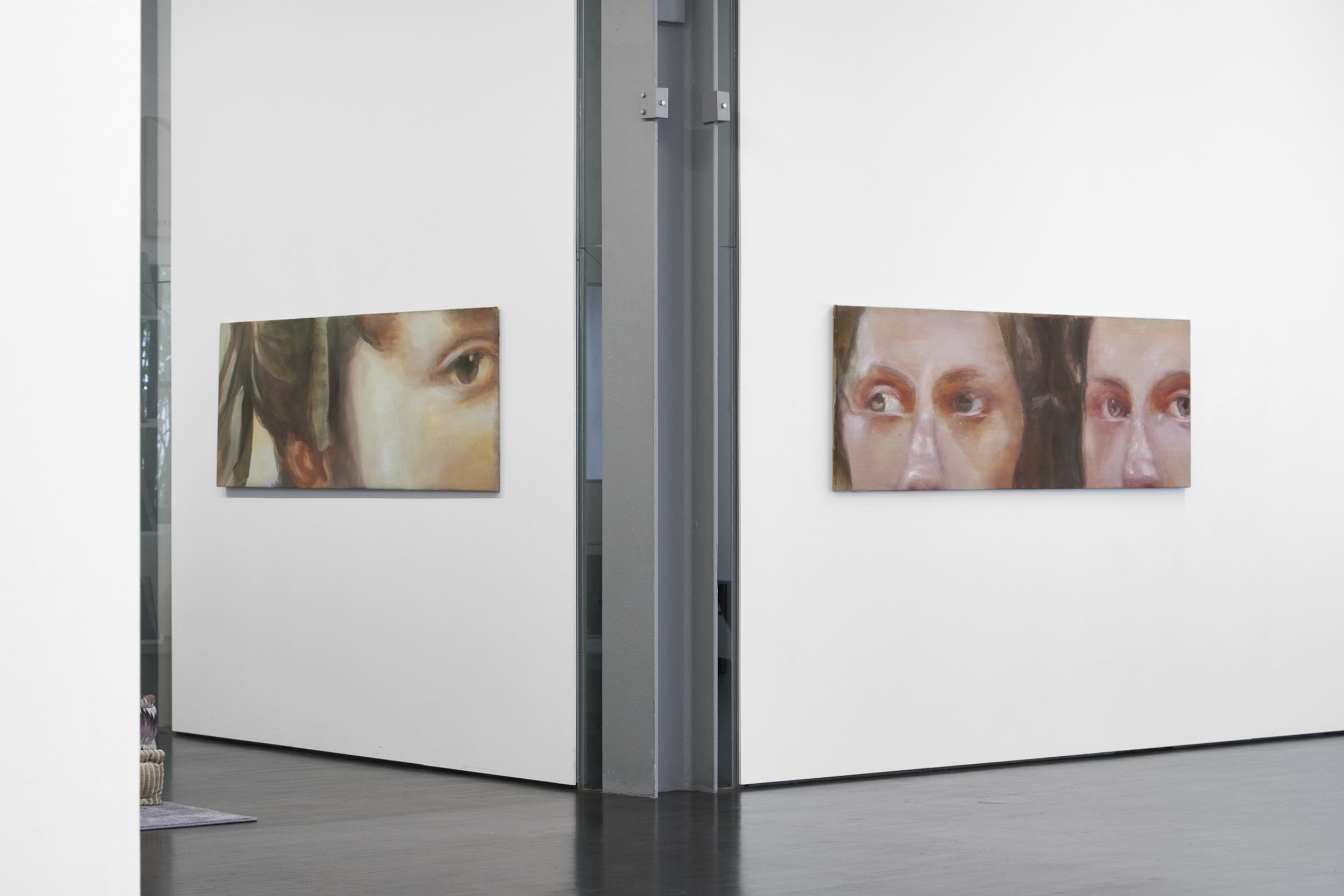
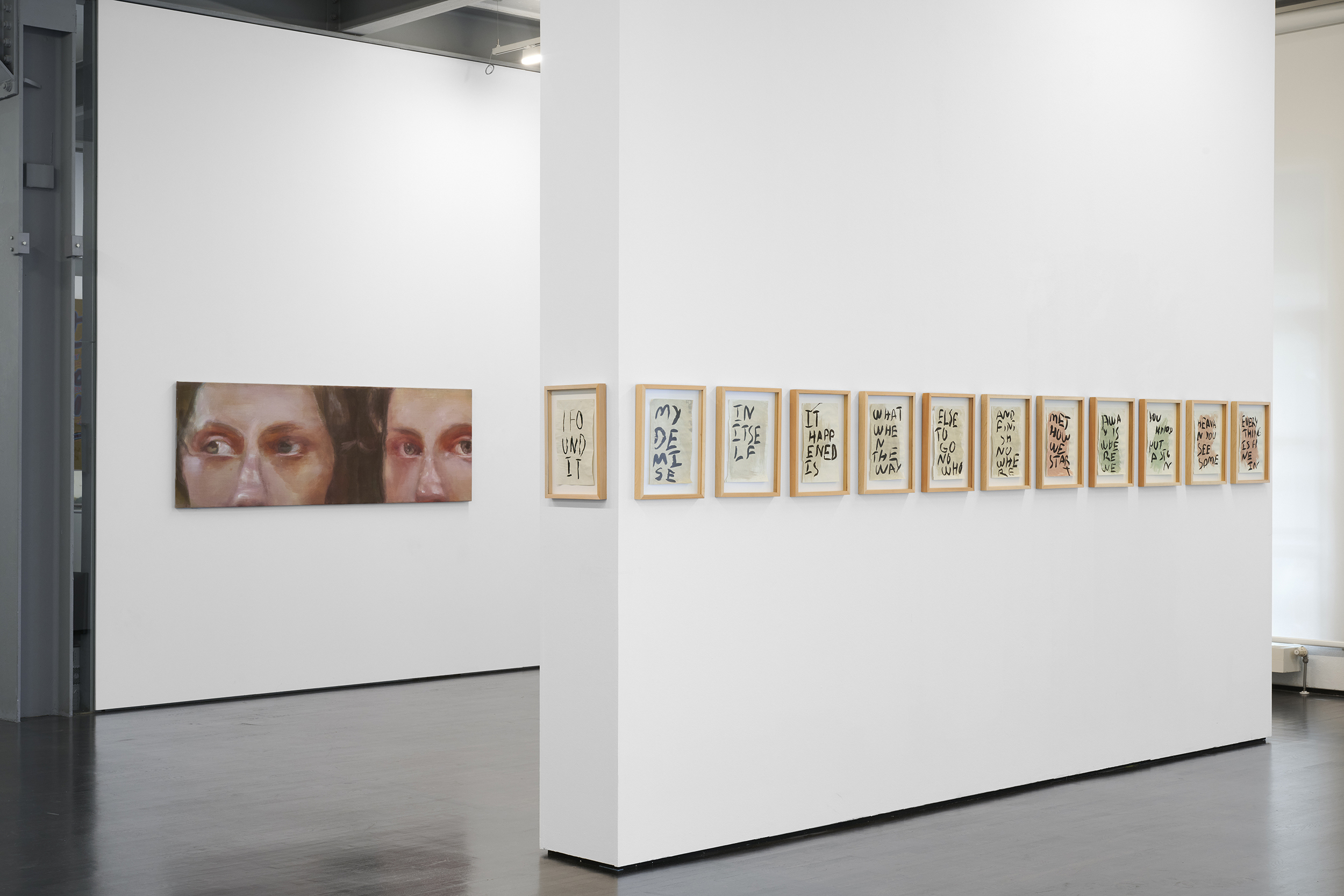
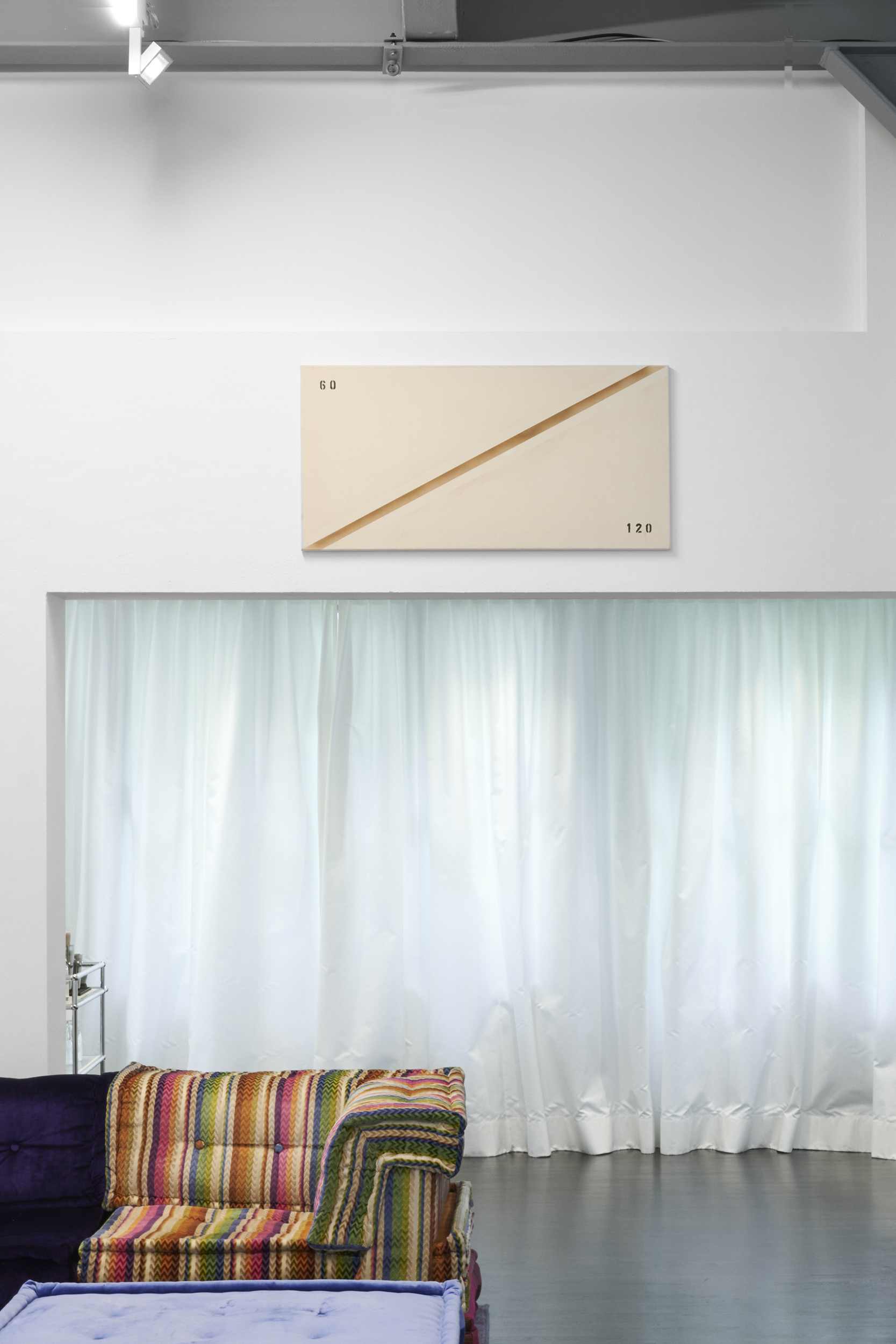

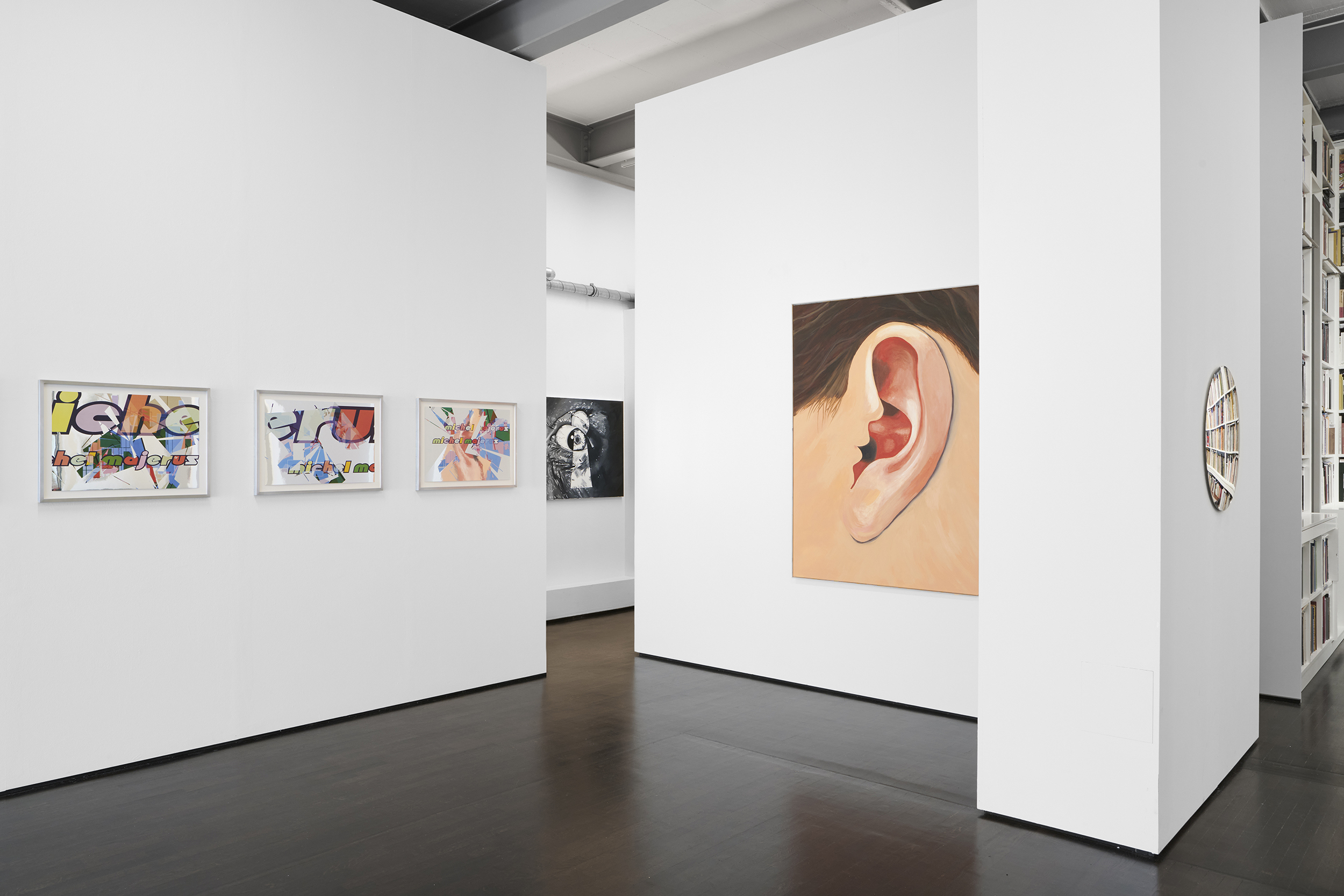
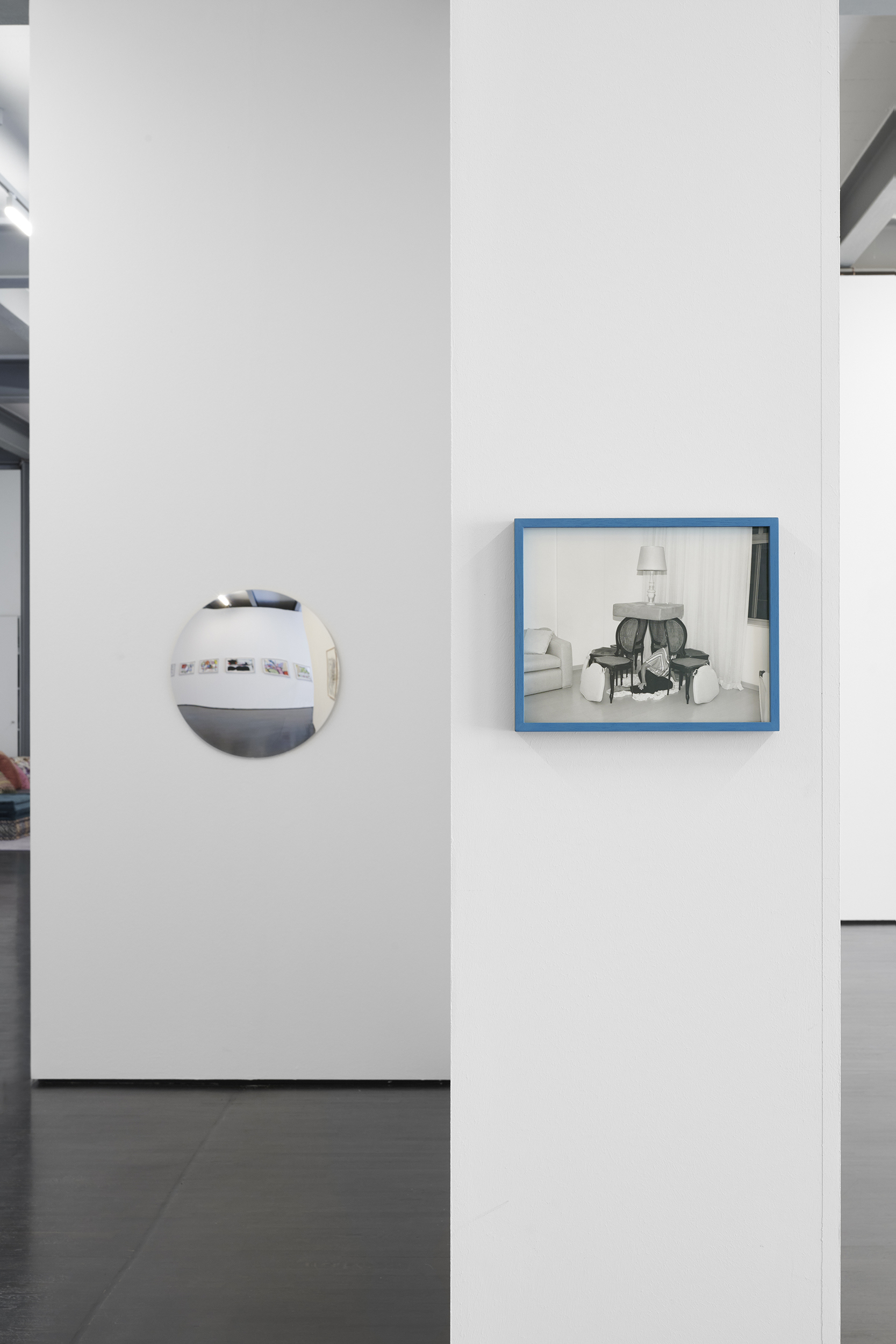
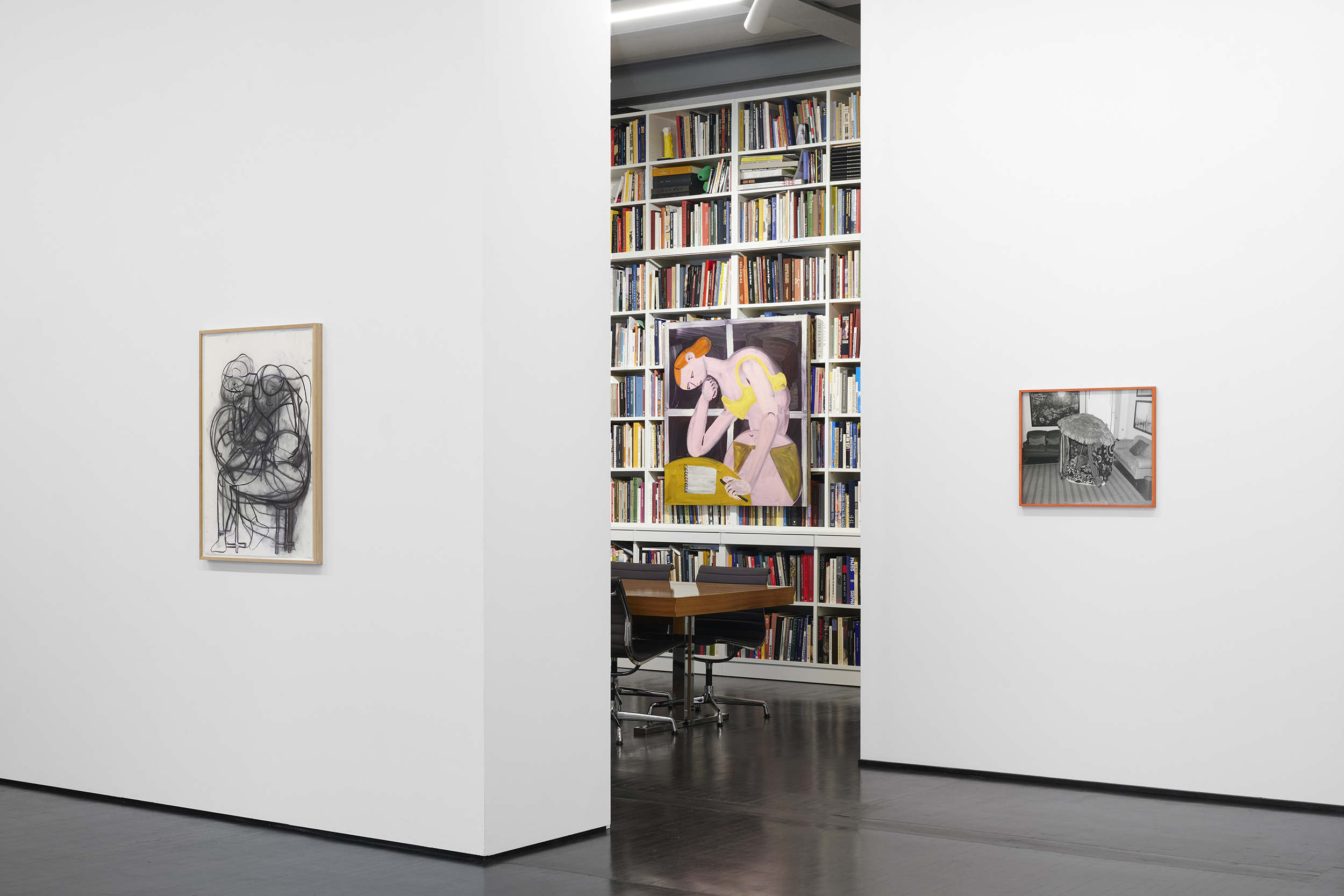
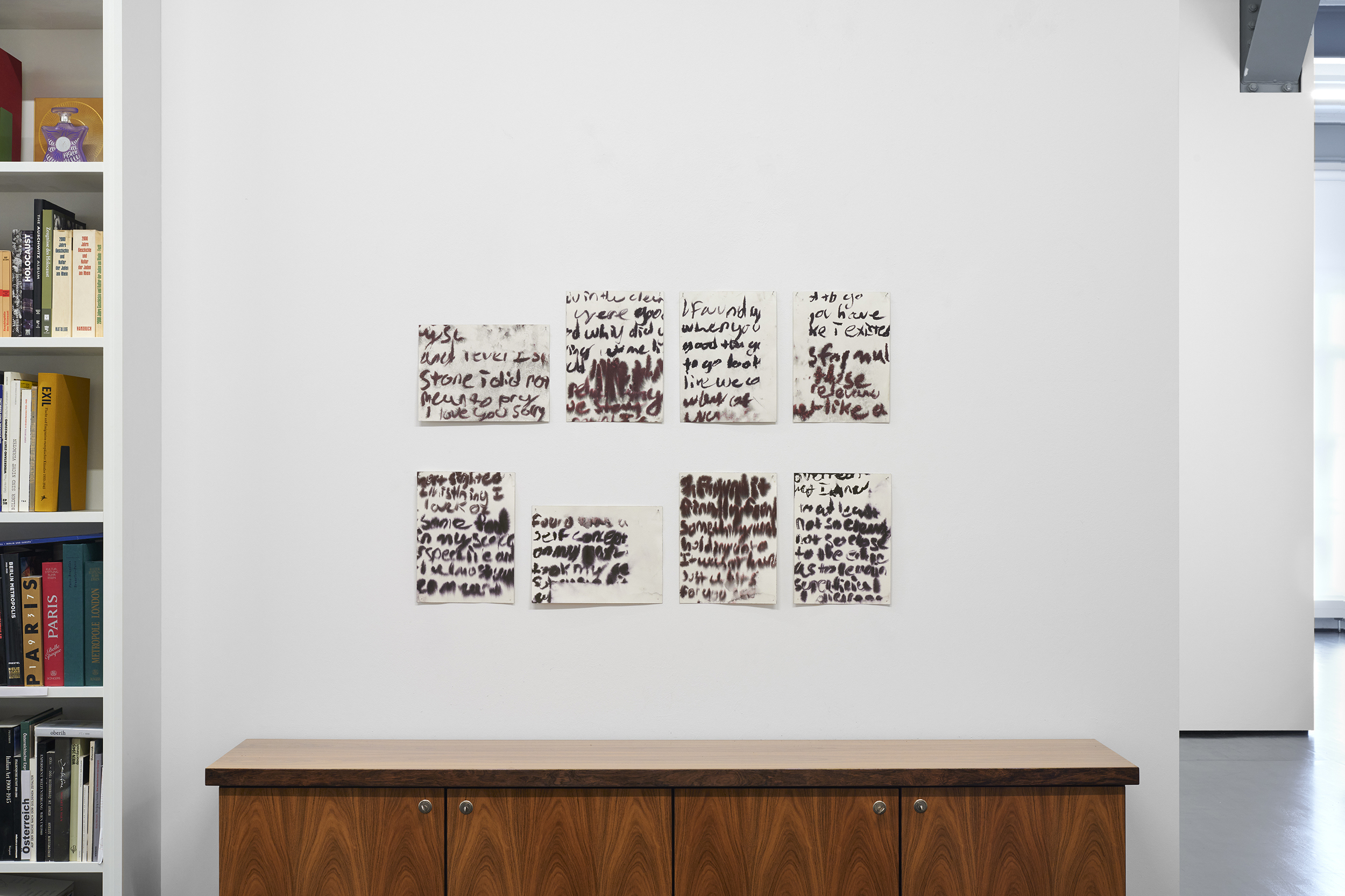
24 hours: A day, a night, a cycle, a routine, a frame, a defining environment for our everyday life. How does this define who we are, how we live, how we work? The artists in the exhibition 24h – Özgür Kar, Cécile Lempert, Michel Majerus, Louis Mason, Joanna Piotrowska, Ser Serpas, Grace Weaver and Angharad Williams – refer to and sample their immediate surroundings in their artistic practice. What is accessible to us in a time where seemingly everything is always accessible and how does our environment – the people around us, the studio, the architecture of our home, our routines – define the 24 hours of our day?
Rainer Maria Rilke wrote, “A work of art is good if it has sprung from necessity’’ . In a series of letters the Bohemian poet and writer sent to Franz Xaver Kappus from 1903-1908, he stated that necessity is a fact of being – required by the artist, that one must “Go into yourself”. One’s daily life of late, can be one of extreme solitude, as experienced by many across the world throughout the global pandemic.
Özgür Kar experienced such feelings during the global lockdown, when he was “glued to his phone, reading news about multitudes of people dying.” As he said, “[...] compared to the Middle Ages, where people might be encountering corpses on the streets, my impression was that today we are encountering corpses only through technological mediation.” Kar’s work in the exhibition, Bearer of bad news, 2021 was a reflection of the artist’s state of mind during this time. “I think that the pandemic is closely interlinked with technology, just like everything else in our lives.”
Familiar routines in our day to day lives are a constant visual presence in the works of Grace Weaver. Depicted in all their complexities, figures are captured alone or in transient, fleeting moments of happiness, joy, pain or sadness amongst other humans. Seemingly effortless compositions unearth these psychologically compelling moments, creating strange and beautiful scenes from often unnerving and unusual viewpoints. By means of manipulating the medium of charcoal in her works on paper, Weaver playfully animates lines and strokes into living protagonists.
Photographs from Joanna Piotrowska’s Shelters series, (2016-2017) characterise staged, makeshift structures that oscillate between varying human emotional states. In two of the three photographs in the exhibition; human absence is even more heightened by the man-made ‘dens’ abandoned by our missing protagonists. As Piotrowska notes, "I didn't just want to tell a story, I wanted to evoke scattered associations – of inertia, violence or mental overload, accompanied by contradictory feelings: intimacy, closeness, joy, security and tenderness." These human shelters are extensions of ourselves and rather hopelessly, act as protective structures that expose cluttered objects we choose to surround ourselves with in our homes.
Emotional intimacy is a reoccuring theme in Cécile Lempert’s paintings. Her works often explore the boundaries between our supposed reality, memory and computer-generated imagery. Lempert’s compositions are created by means of painting visualised memories into scenes that depict routines from our daily lives, whilst simultaneously blurring the lines between fact and fiction.
The collection of objects, letters, and personal items that clutter our homes, offer an autobiographical collage of our personality. In one aspect of her work, Ser Serpas gathers and collects gifted objects and found detritus from the street, assembling them into living sculptures that harbour a punk-aesthetic. In another, Serpas has recently published 2 books of poetry, brought together whilst always on the move – written on trains and planes. Whether in a hotel room or in transit, her works on paper from the Alice (Language) Practice, 2020/2021 series developed out of her interest in language and how it is formed. Through inky blacks, and dripping purples with hints of turquoise, the text works offer a shared, albeit fleeting, intimacy that seemingly form and then disperse in front of our eyes, teetering on the brink of collapse.
Marks, scuffs or smudges that are picked up by his canvases in the studio, often dictate the compositional direction of a painting for Louis Mason, adding to its eventual finished state. His oeuvre is centred around a strict colour palette, developed through the natural colour of unprimed canvas. Mason creates formalistic and reduced paintings that explore a relationship with abstract expressionism and minimalism, where materiality is exposed and elevated.
Due to the recent constraints of the pandemic, Angharad Williams’ work has become more static and concerned by materiality, being centrally informed by questions around authority, speech, and class. Her two paintings in the exhibition explore themes of banality, security and paranoia. The ‘Ballardian’ instability humans can find themselves in is elevated by sensuality and violence, where eyes look through keyholes, while the 360° mirrors reflect our stasis of anxiety by constantly being watched.
As he critically observed surface and space – both in the physical and virtual realms – Michel Majerus pursued his vision of sampling popular culture, advertising, video games, and TV that permeated the essence of our everyday lives. These key elements of his artistic practice are ultimately becoming even more timely since the development of the digital world we now live in, twenty years since the artist’s passing. In the exhibition, Majerus’ 6-coloured silkscreens on silver-coated cardboard, playfully use his own name, conceptually heightening a sometimes full and also fractured depiction of it into a brand. Majerus therefore becomes both subject and object, navigating between a pop-art and conceptual sensibility.
Encouraging dialogue through accessibility, online and offline; 24h will be live streamed 24 hours 7 days week, throughout its entire duration, allowing an international audience to access the exhibition and enter its immediate environment.
Julius Jacobi & Rory Kirk-Duncan, Super Super Markt
Julius Jacobi & Rory Kirk-Duncan, Super Super Markt, Berlin




